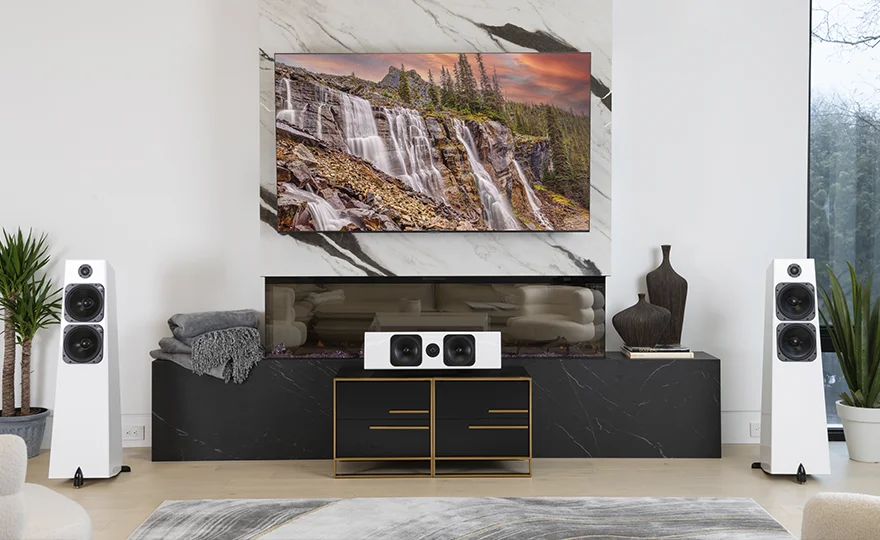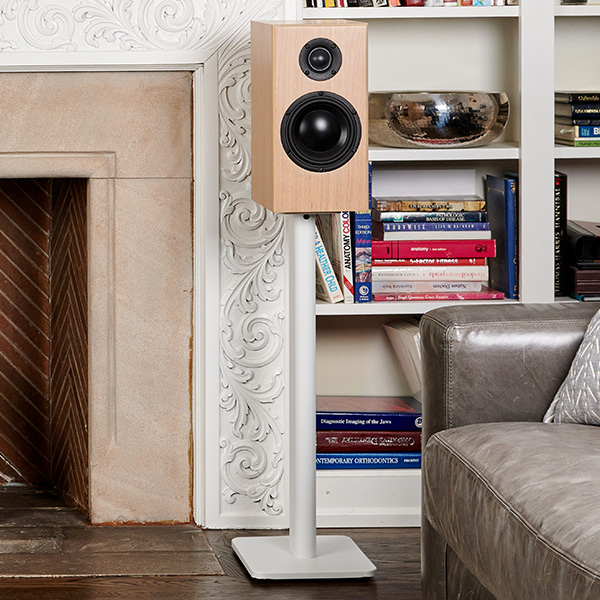
Have you ever queued up Dire Straits’ Brothers in Arms, leaned back in your listening chair, and noticed that something just didn’t feel quite right? Maybe the bass felt boomy, or the vocals didn’t seem centered, even though your gear is top-notch. It’s not always your equipment—more often than not, it’s the room. Yes, that very space where you spin Norah Jones, Kraftwerk, or Fleet Foxes records can make or break the entire listening experience.
Room size and shape have a profound influence on how sound waves behave. And for audiophiles who spend hours perfecting the balance of their systems, understanding your room is just as important as your choice of loudspeakers, electronics and cables.
In high-end audio, your room is the final frontier. It acts as an acoustic filter, shaping the sound before it reaches your ears. A perfectly engineered track like Nitelife by Amon Tobin can lose its magic if your room introduces reflections, nulls, or resonances that weren’t part of the original mix.
Smaller rooms tend to exaggerate bass frequencies due to closer boundaries, while larger rooms can sound overly spacious and lack intimacy if not treated properly. Meanwhile, oddly shaped rooms—those with alcoves, sloped ceilings, or open floor plans—can scatter sound in unpredictable ways, often leading to an uneven or muddied response.
When audiophiles dream of dedicated listening spaces, they often imagine cathedral ceilings and endless square footage. But size isn’t everything. A room that’s too large can dilute sound energy, making even dynamic tracks like Atlas by Battles feel lifeless. Conversely, in a room that’s too small, your low-end frequencies may overpower the mids and highs, creating an unbalanced presentation.
Optimal room dimensions follow specific ratios to avoid standing waves and resonances. A common recommendation is the “Golden Ratio” (1 x 1.6 x 2.6 for height x width x length), which helps distribute modal frequencies more evenly.
Square rooms are every audiophile’s nemesis. Why? Because they promote standing waves—when two waves of the same frequency align, they amplify or cancel each other out, creating peaks and dips in your frequency response. This means your favorite Boards of Canada track might sound punchy in one spot and hollow in another.
Rectangular rooms are generally preferred, as they allow for more predictable acoustic behavior. Asymmetry also helps. Think of the richly layered textures in Third of May / Ōdaigahara by Fleet Foxes—they benefit from diffusion, not echo chambers. Sloped ceilings, textured walls, and even bookshelves can help break up reflections and improve sound quality.
In any room, your listening position (also known as the “sweet spot”) and speaker placement are critical. If you’re too close to a wall or corner, you might get bass buildup. Too far, and you lose clarity. Try sitting at about 38% of the room’s length from the front wall for a starting point.
Speakers should form an equilateral triangle with your listening position. Aim the tweeters toward your ears and avoid placing them directly against walls. For albums with pinpoint imaging like In Rainbows by Radiohead or For Emma, Forever Ago by Bon Iver, proper placement ensures that soundstage magic.
It’s always best to start by placing your speakers as recommended in your speaker manual and then tweaking your setup by making small changes, while performing listening tests by ear. Better still, it’s even better to tweak your setup by hosting a listening session with a friend or two, who also have keen ears for high-end sound.
Room reflections can cause comb filtering—a series of peaks and dips in frequency response that make music sound unnatural. Use soft furnishings (think armchairs, couches and ottomans), rugs, curtains, or dedicated acoustic panels to control reflections. Diffusion elements like artfully placed bookshelves or quadratic diffusers scatter sound evenly, preserving liveliness without harsh echoes.
Bass traps in corners help absorb low frequencies that tend to build up, making tracks like La femme d’argent by Air feel tight and controlled instead of bloated.
This article just scratches the surface. For a comprehensive breakdown of acoustic treatment, reflection points, and sound behavior in various room configurations, check out our in-depth guide: Room Acoustics: A Complete Guide to Achieving the Best Sound
No matter how much you invest in gear, the room will always have the final say. Room size and shape influence everything from bass response to imaging and soundstage. But with a bit of knowledge and experimentation, you can bring out the full potential of your system.
Whether you’re vibing to Re: Stacks by Bon Iver or deep-diving into a hi-res copy of Spirit of Eden by Talk Talk, make sure your room is part of the harmony.If you enjoyed this article, explore more audiophile insights and tips in our News + Reviews section. Your next audio epiphany might just be one click away!
Share this article with your friends!
